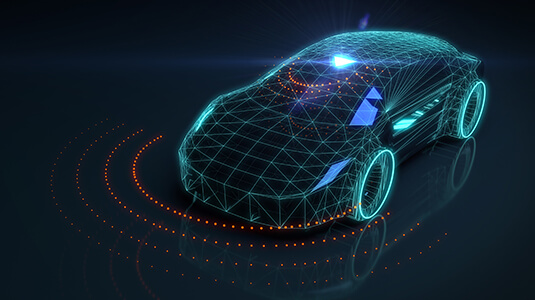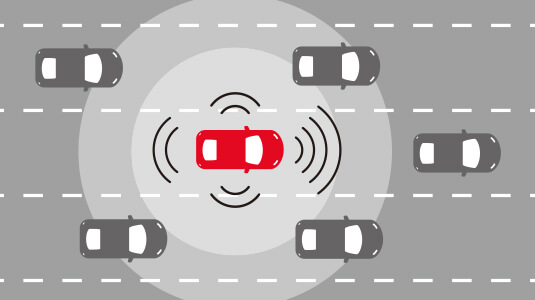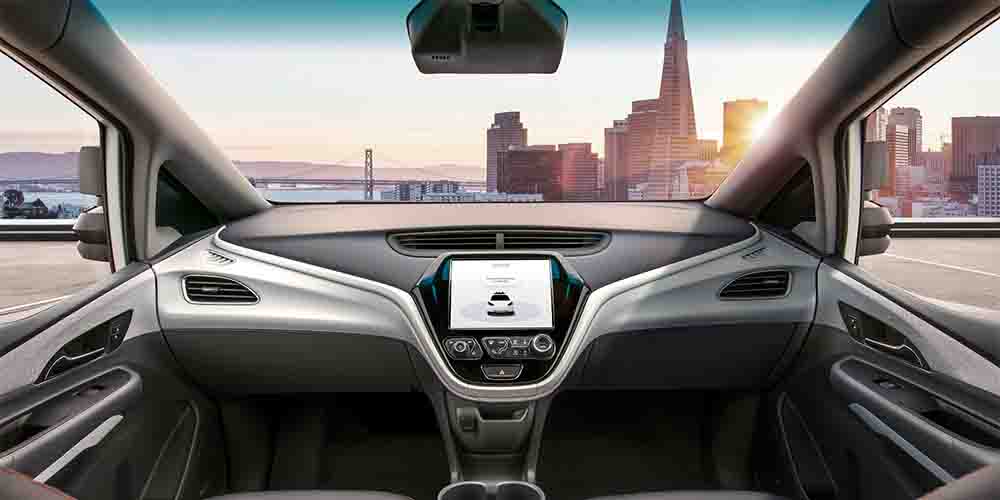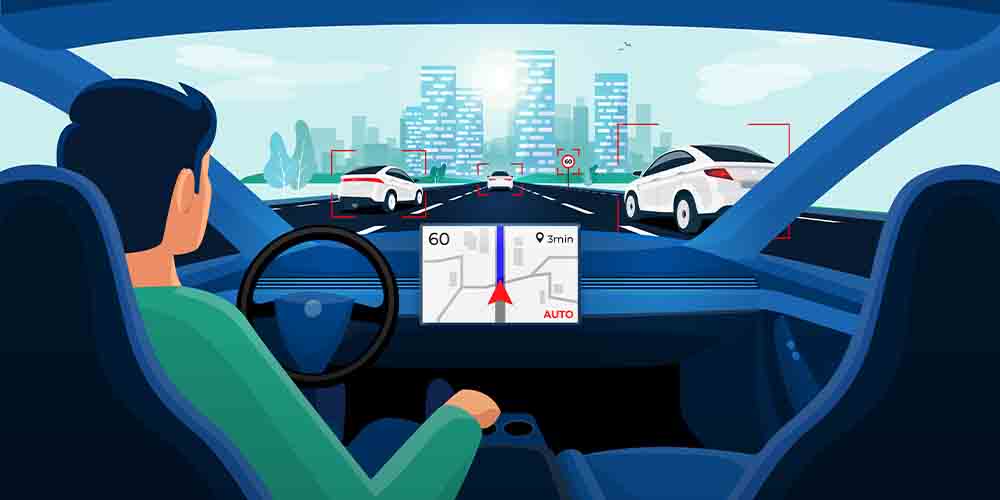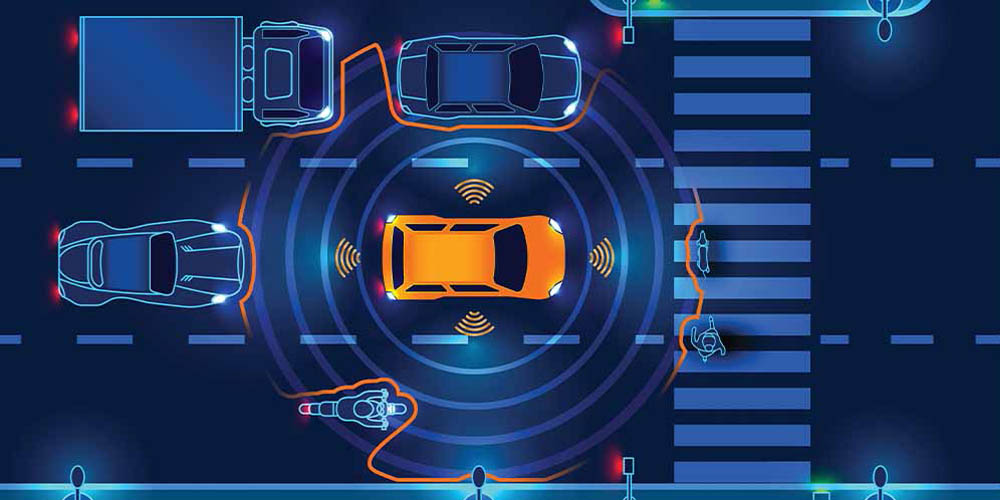Autonomous Vehicles
The 6 Levels of Autonomous Vehicles.
While fully autonomous vehicles (or self-driving cars) are a long way off, there are several autonomous features available in cars today. Autonomous vehicle (AV) technology isn’t just all or nothing, it’s a spectrum from driver assistance to full automation.
Level 0 – No automation
No automated features.
Level 1 – Driver Assistance
Intelligent features add a layer of safety and comfort. A human driver is required for all critical functions e.g. adaptive cruise control.
Level 2 – Partial Automation
At least two automated tasks are managed by the vehicle, but the driver must remain engaged with the driving task e.g. automatic parallel parking.
Level 3 – Conditional Automation
The vehicle becomes a co-pilot by managing most safety-critical driving functions e.g. automatic lane changes and navigating highway interchanges. But the driver must be ready to take control of the vehicle at all times.
Level 4 – High Automation
The vehicle is capable of performing all driving functions under certain conditions. The driver may have the option to control the vehicle.
Level 5 – Full Automation
The vehicle is capable of being completely driverless. This refers to full-time automated driving in all conditions without need for a human driver.
Impacts of Autonomous Vehicles.
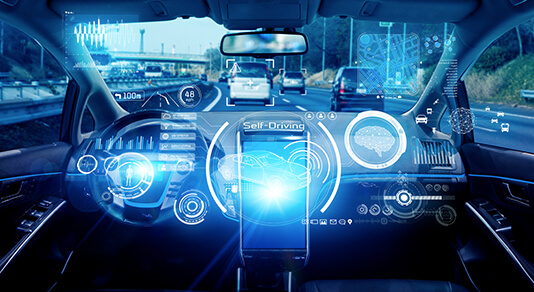
Traffic
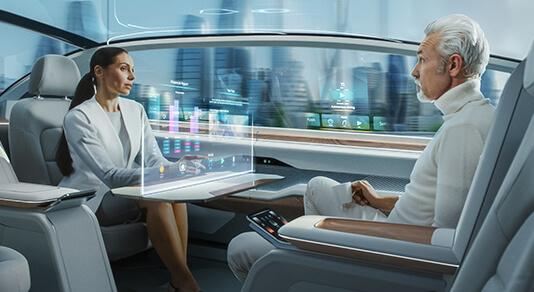
Productivity

Economics
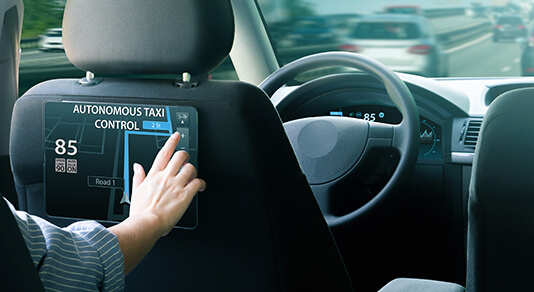
Mobility
Frequently Asked Questions.
Vehicles are starting to collect reams of data about drivers, their contacts and their movements. The data generated by cars will be worth as much as $750 billion by 2030, according to McKinsey. CAA and others believe that people should be aware of what data is being collected in order to decide who their data is shared with — be it with their local mechanic, manufacturers, their insurance company or auto club.
AVs rely on sensors such as radar, GPS, Light Detection and Ranging (LIDAR) and cameras to navigate their environment without human assistance. As well, AVs will use similar technology to that of Connected Vehicles; this includes wireless technology to connect your vehicle with other vehicles, transportation infrastructure and mobile devices to drive safely.
According to IDTechEx's latest report titled "Autonomous Cars and Robotaxis 2020-2040," up to 10 percent of all new cars sold by 2030 would be Level 3+ autonomous. Experts believe that fully autonomous vehicles will not be available for us on public roads until at least 2040. This is due to the need for proper testing and safety measures before making these vehicles widely available.
Cybersecurity is a critical issue that vehicle manufacturers and the Canadian Government are working to address for the future safe deployment of AVs. In 2020, Transport Canada released their Canada’s Vehicle Cyber Security Guidance document to ensure cyber security is prioritized through security-by-design, responsible data management practices and post-deployment considerations throughout all stages of the vehicle life cycle.
